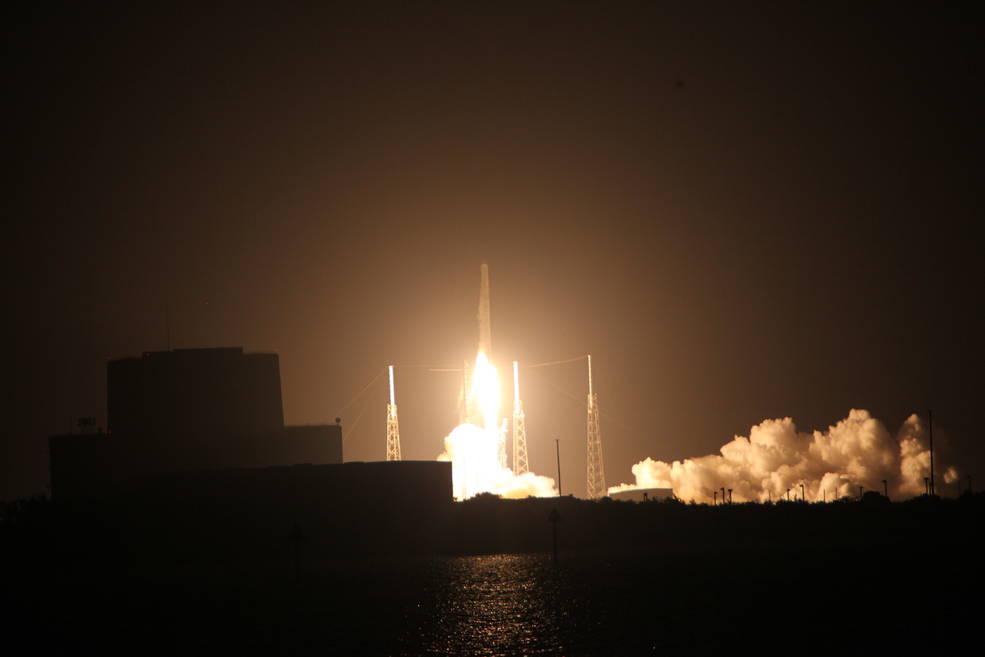
Declaring that the glitch that blew up its last rocket while sitting on the launch pad back in September has been identified and fixed, SpaceX announced it is ready to launch again – Sunday, from California.
SpaceX said it plans to launch a Falcon 9 rocket from Vandenberg Air Force Station. to carry a French Iridium NEXT telecommunications satellite into orbit.
It will be the first launch of any SpaceX rocket since a Falcon 9 blew up during fueling on a Cape Canaveral Air Force Station launch pad on Sept. 1. The company has had to postpone numerous contracted missions in the interim, including resupply missions for NASA to the International Space Station.
SpaceX declared its confidence in identifying and resolving the issue that led that rocket to blow up, and in getting Federal Aviation Administration go-ahead to launch again. However, it has not announced anything about when it will be launching again from Cape Canaveral AFS, where the SpaceX-leased Launch Complex 40 was heavily damaged by the rocket explosion.
Apparently super-chilled liquid oxygen entering the liquid oxygen storage tank in the rocket’s second stage managed to seep into and pool within buckles in a carbon overwrap on the tank’s aluminum inner liner. The liquid helium was loaded at temperatures that were so cold they created some solid oxygen. The pressure from the expanding oxygen on those buckles in the overwrap caused broke fibers, causing sparks, which ignited the oxygen.
The whole thing took 93 milliseconds from the first sign of “anomalous data to the loss of the second stage,” SpaceX reported Monday. That was followed by loss of the vehicle, as it exploded, burned, fell and exploded again in a stunning scene captured by launch complex video.
The company said the short-term solution will be to allow warmer helium to be loaded, as well as returning helium loading operations to a prior flight-proven configuration. Longterm, SpaceX plans design changes to prevent the overwrap from buckling.
SpaceX said the investigation was conducted with collaboration from the FAA< the U.S. Air Force, NASA, the National Transportation Safety Board and several industry experts, along a plan approved by the FAA.
Investigators scoured more than 3,000 channels of video and telemetry data. Because the explosion happened on the ground, they also were able to gather physical debris. To validate findings, SpaceX conducted a wide range of tests at its facilities in Hawthorne, Ca., and McGregor, Texas, the company stated.


